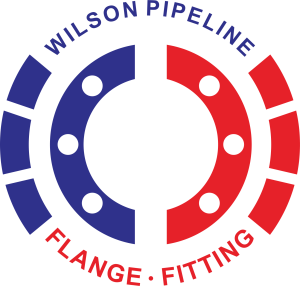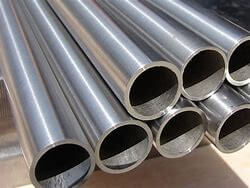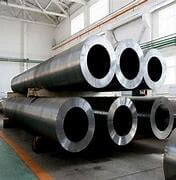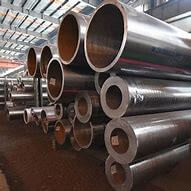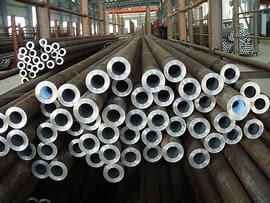There are several high-temperature resistant materials that are commonly used in various industries, including:
1. Tungsten: Tungsten is a refractory metal that has a very high melting point of 3,422°C (6,192°F) and excellent high-temperature strength and stability. It is commonly used in high-temperature applications, such as heating elements, furnace components, and electrical contacts.
2. Molybdenum: Molybdenum is another refractory metal that has a high melting point of 2,623°C (4,753°F) and excellent high-temperature strength and stability. It is commonly used in high-temperature applications, such as furnace components, electrical contacts, and aerospace applications.
3. Titanium: Titanium is a lightweight and strong metal that has excellent high-temperature strength and stability. It is commonly used in aerospace applications, such as turbine blades and exhaust systems.
4. Ceramic materials: Ceramic materials, such as alumina, silicon carbide, and zirconia, have excellent high-temperature resistance and are commonly used in applications such as furnace linings, heat exchangers, and cutting tools.
5. Nickel-based superalloys: Nickel-based superalloys, such as Inconel, Hastelloy, and Rene, are high-performance materials that have excellent high-temperature strength, stability, and resistance to corrosion. They are commonly used in aerospace applications, such as gas turbine engines and exhaust systems.
Overall, the choice of high-temperature resistant material will depend on the specific requirements of the application, and a thorough understanding of the properties and performance characteristics of different materials is essential to make an informed decision.
